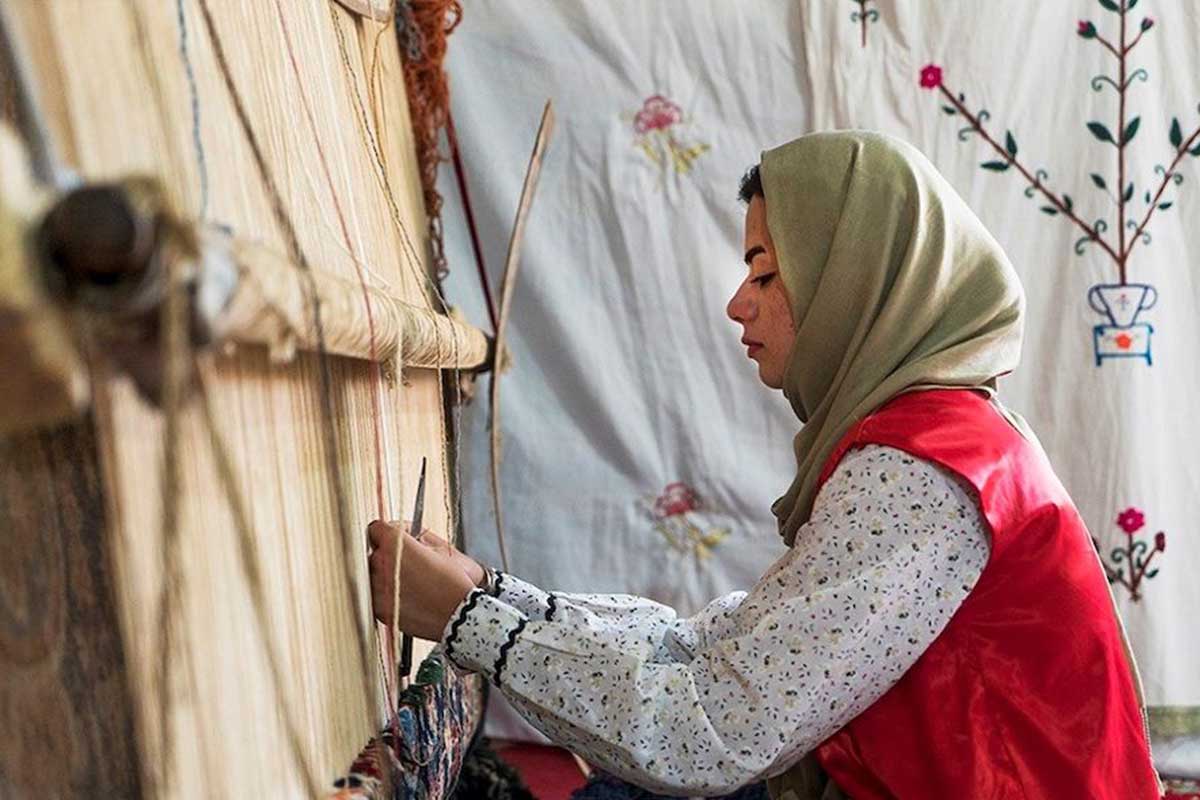One day, my husband Moein asked me, “Why did you choose to sell rugs?” To be honest, I wasn’t sure myself at that moment.
My journey started with a background in geomatics, then I transitioned to interior design, and eventually pursued a master’s in architecture. But what truly guided me to rugs?
After much reflection, I realized the answer, and I’d like to share my story.
Like everyone, I love my country. We have a rich and ancient culture that dates back thousands of years. In difficult times, we all seek something that makes us proud, something that connects us to our roots. For us, that is our history and culture, and at the heart of this culture lies the Persian rug. Unlike many historical artifacts often made exclusively by men, Persian rugs have been crafted by both men and women from the very beginning, making them a perfect representation of our cultural heritage. I realized that by working with Persian rugs, I could maintain a deep connection to my country, my culture, and my roots.
My father’s family hails from Kashan, a city renowned for its Persian rugs. I grew up watching my aunts and cousins weaving rugs in their homes, balancing their craft with raising families. The loom would stand in their homes for months, patiently transforming threads into a beautiful and valuable rug. In many towns and villages, weavers don’t simply replicate traditional patterns; they infuse their own lives, ages, and personalities into their work. The most important aspects of their lives—animals, flowers, symbols believed to bring wealth or protection—are all woven into the fabric. Consider two women from the same town: one young and in love, full of hope for the future, and the other older, with children who have moved away, soon to become a grandmother. Do you think their rugs would be the same? Of course not!
These rugs are authentic and invaluable, bringing positive energy into our homes. They aren’t perfect—some parts may be lighter or darker, the central pattern might be slightly off-center, or the design might not be entirely symmetrical. But these imperfections are what make them special, just like us. Crafted by human hands with all their soul, these rugs, like all of us, are imperfect yet still beautiful and valuable.

